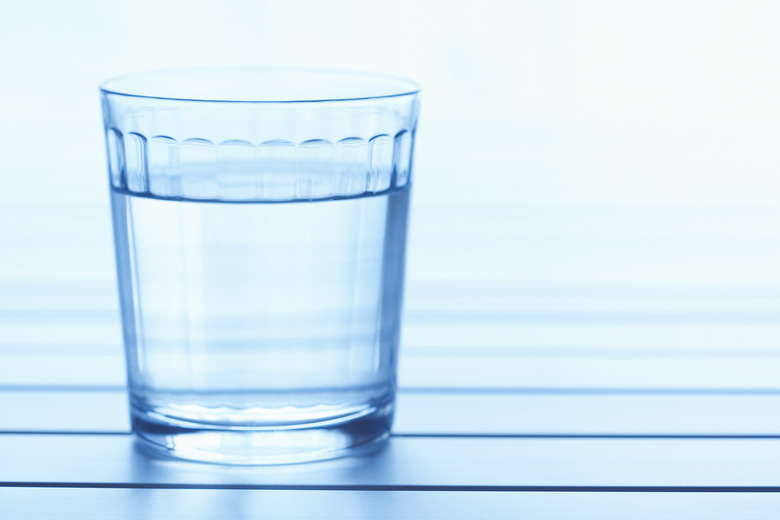How To Pipe Spring Water
Piping spring water into a new or existing plumbing system is the most cost-effective method for providing water to a single home or an entire community.
Things Needed
- PVC piping
- Concrete cylinder
- Concrete boring drill
- Gravel
- Caulking gun
- Caulk
- Concrete
Piping spring water into a new or existing plumbing system is the most cost-effective method for providing water to a single home or an entire community. Spring water can become contaminated, so it is very important to cover your spring source and seal it from agricultural runoff, waste products and other contaminating sources. The most common method for protecting a spring is to build a spring box and have piping run from the concrete spring box into your plumbing system.
Step 1
Purchase a concrete cylinder with a lid. These can generally be ordered from a major hardware store. The top and lid portion is usually sold separately, and the cylinder is the same product used for concrete piping systems. The diameter of the cylinder will depend on the size of the spring head. You will want the entire diameter of the spring head protected by the concrete cylinder and in some cases when the spring head is very large a custom concrete structure must be built around the spring head.
- Piping spring water into a new or existing plumbing system is the most cost-effective method for providing water to a single home or an entire community.
- You will want the entire diameter of the spring head protected by the concrete cylinder and in some cases when the spring head is very large a custom concrete structure must be built around the spring head.
Step 2
Drill one hole, using a boring tool specially designed for concrete, halfway up the cylinder and another hole near the top. The hole located halfway up will be connected to your new or existing plumbing system and should be the same diameter as that piping. The hole near the top will be used to allow overflow to escape the cylinder. Sometimes it is preferred to dig a slight slope in front of the well to allow the overflow to drain away.
Step 3
Fill your spring head with small gravel about the size of peas. This will help trap any large sediment or algae that may be flowing in the spring.
Step 4
Place a concrete cylinder over the spring head. This will help you get an idea of where you will need to dig in order to sink the cylinder into place to protect your valuable spring water. If you need to, mark the desired location of the concrete cylinder with flagging, tape, stakes or paint. The concrete cylinder should be positioned vertically over the spring head with the spring as much in the center of the cylinder as possible.
- Drill one hole, using a boring tool specially designed for concrete, halfway up the cylinder and another hole near the top.
- The concrete cylinder should be positioned vertically over the spring head with the spring as much in the center of the cylinder as possible.
Step 5
Dig a trench in the shape of the concrete cylinder in the location you selected. The trench should be at least 2 feet deep.
Step 6
Sink your concrete cylinder into the trench and fill trench back in with fill dirt or concrete.
Step 7
Insert a 1 foot long PVC pipe with a 3-inch diameter into the hole that will be used to allow overflow to escape. Take a caulking gun and caulk around the edge of the pipe for a waterproof seal.
Step 8
Place PVC piping of appropriate diameter into bottom outflow pipe and caulk around edge. This pipe will be used to tie into your existing plumbing system in your home or community. Tie this PVC piping into existing or new plumbing system.
- Dig a trench in the shape of the concrete cylinder in the location you selected.
- Place PVC piping of appropriate diameter into bottom outflow pipe and caulk around edge.
Tip
Measure the outflow of your spring to determine the size of the cylinder that is needed and to ensure that your cylinder will be able to handle the volume of water that your spring produces. Use a spring that is located above your structure(s) in order to use gravity for water pressure. Otherwise a pump may be used to create pressure or a water tower system for a community.
Warning
Spring water should always be tested and filtered or boiled before using for drinking, cooking or bathing.
